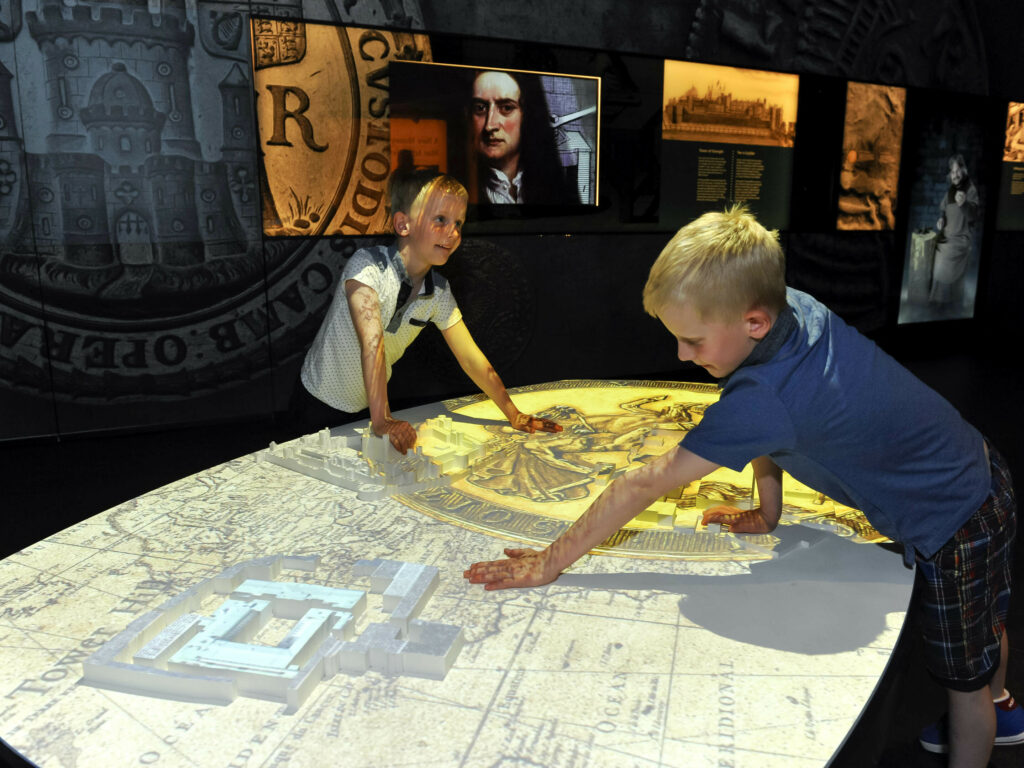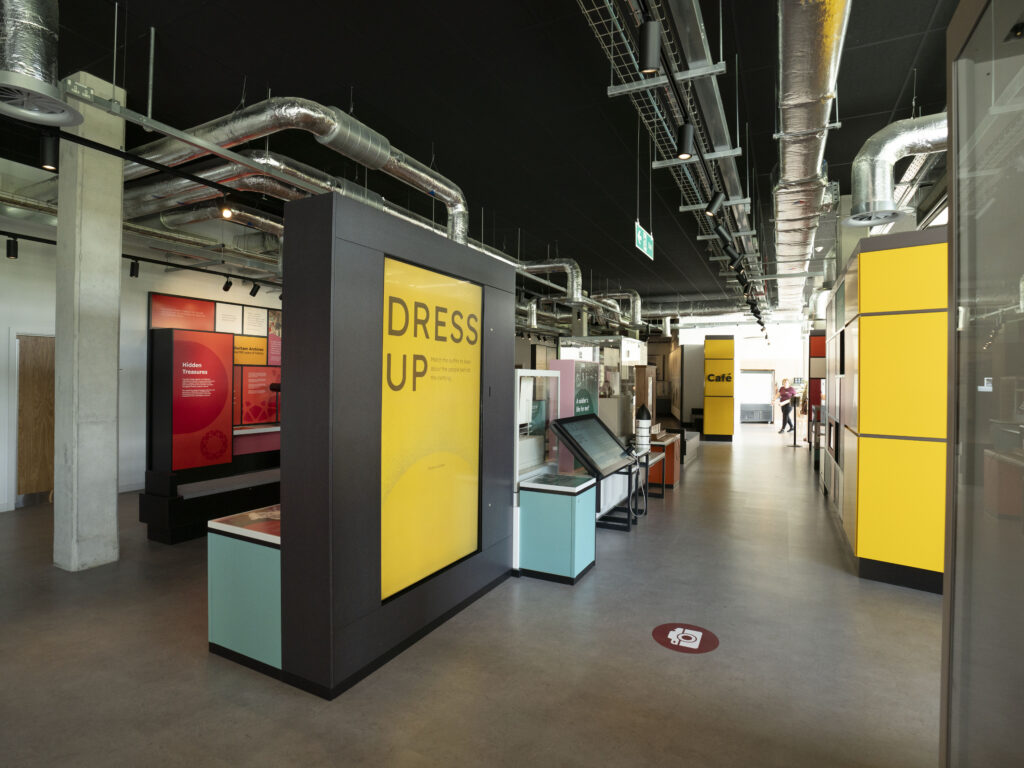Museums are a source of education, and they can spark thoughts in all their visitors. They form a sanctuary of learning and can encourage debate and conversation. For many with mental health problems, socialising and leaving the house can be quite a daunting and difficult process. This can lead to feeling isolated, trapped, and excluded from the world around them. Exhibitions can often be a safe space for people with mental health problems to explore, learn and immerse themselves into a completely different world. Here are a few points that highlight the importance of museums and exhibitions for people’s wellbeing and mental health.
The intensity of an exhibition
When designing exhibitions, it is important to keep in mind how stimulating the exhibit is. If the exhibition is overstimulating this can be overwhelming for visitors. As designers we want the museum we are designing to flow and be a balance of different experiences. We think it is essential to design areas where the exhibit is slightly more stimulating with lots of interactivity whilst ensuring there are quieter sections where the museum has less interactivity such storyboards and displays. This makes it easier for people that can get overwhelmed to transition more comfortably through the exhibition spaces.

Incorporating the outdoors with our experiences
When we worked for the National Trust, we discovered the outdoor landscapes are equally as important as the heritage buildings and exhibitions indoors. In fact, a key aspect of their ethos and vision is being a place that can improve health and wellbeing and much of that is tied into experiences across the external parts of their properties. We worked with the in-house team to develop new interpretation, play and activities across the landscape to help deliver on their health and wellbeing agenda. This gives visitors a break from the interactivity inside the Mill and other buildings, where they can unwind in the fresh air and be at one with nature.
Sports Experiences
At Mather & Co we have a history of projects within the sports industry such as the Wimbledon Lawn Tennis Museum, the Silverstone Museum and many more. We believe that the experiences we create can also encourage many people into playing sport and getting healthier. This improves mental health and wellbeing since sports and exercise are a very good way to release endorphins and take your mind away from everything. Moreover, we believe that these design experiences can also trigger memories of historical sporting moments for those who experience memory loss or dementia providing joy, comfort, and a sense of belonging.

Museums and exhibition experiences are becoming increasingly helpful in supporting many people who experience mental health illnesses. They provoke thought and spark interest into the lives of people who deal with mental health on a day-to-day basis. Additionally, the exhibit encourages people to take up a hobby as well as trigger memories that a person with memory loss may have forgotten at some point during their life. All in all, there are many techniques that museums can use in their galleries that help to tackle people’s well-being and mental health problems.
If you would like to speak with Mather & Co about a museum or exhibition project, please contact us.




